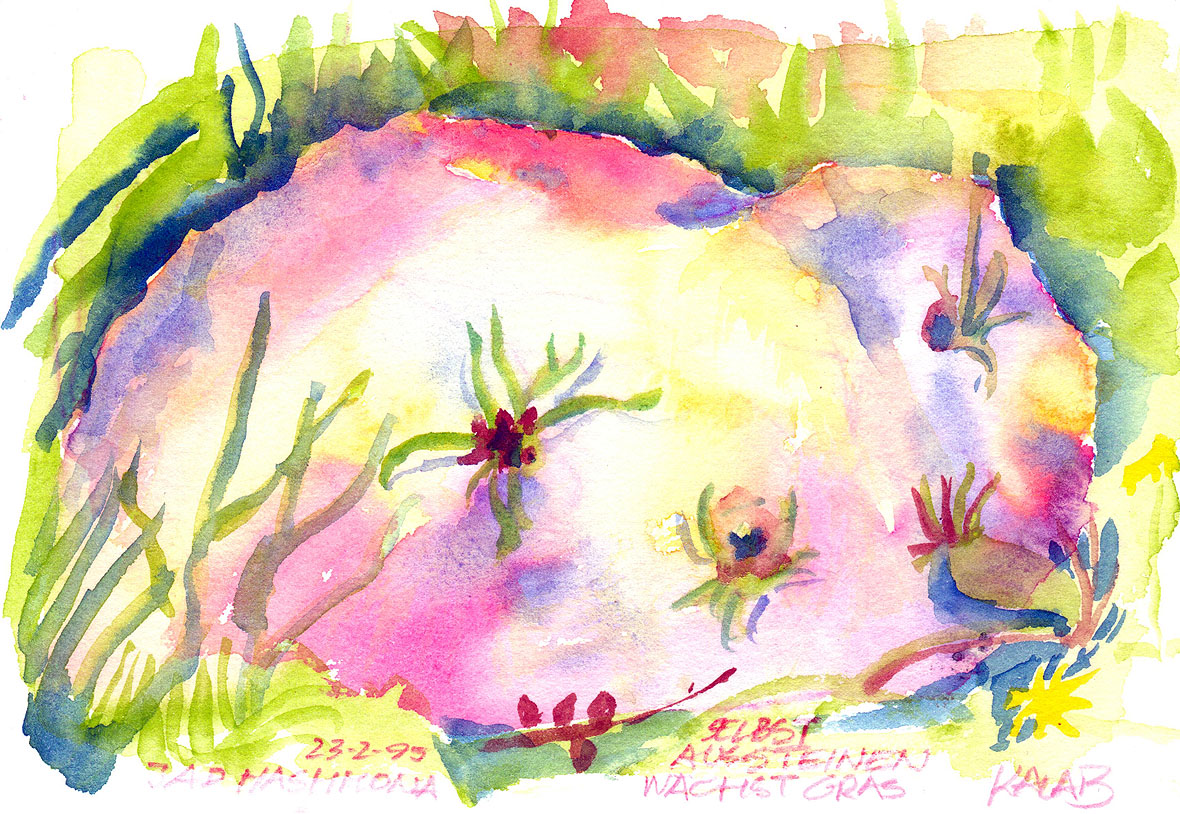3. Interpretation of Research Results
The preceding description of the movement, by means of the fourfold emic structure of the movement and Droogers' framework for the study of religion, can represent only a limited, tentative and idealtypical portrait of the four types of groups of the Israeli Messianic Jewish movement, and their similarities and differences.
The following sections attempt to consider how the movement's supernatural, internal and external relationships can be understood in the light of organizational theory and religious anthropology. For this I will turn first to organizational theory and then to religious anthropology. The latter appears able to ascribe sense where the former seems to fail. Aspects of both have already been applied in the preceding description in part two of this essay.

„Aus Steinen wachsen Bäume, aber selbst das Moos scheut die Autos.”
„From stones grow trees, but even the moss shuns the cars.” (Transl. ed.)
בראואר אריק, Arik Brauer *1929, in:
H. Fleissner, Hrg. Brauer, Malerei des Phantastischen Realismus. Langen Müller München Wien 1963, S. 28. Künstlermonographie Exemplar Nummer 33